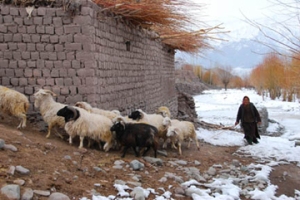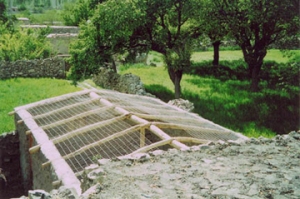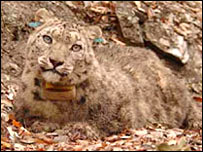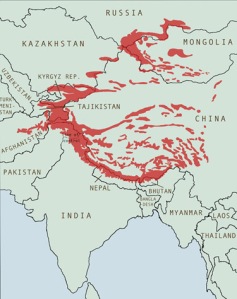
High school students rally against climate change impacts in town of Booni, northern Pakistan Himalaya.
Students from Booni High School in Chitral, northern Pakistan held a Climate Change Vigil rally a few days ago. The young people are concerned about massive degradation to the natural environment linked to global warming. For example the destruction of the village Sonoghor in June 2007 when a glacier overlooking the village burst and in the avalanche of flood water that followed, houses, orchards, crops and other property was swept away. As a result over 100 families were displaced and 38 houses completely buried under the flood.
It’s believed that global climate change during the first half of the twentieth century has impacted on the high mountainous glacial environment. Many of the big glaciers melted (and are continuing to melt) rapidly, creating a large number of glacier lakes. The burst of a glacier results in glacial lake outburst floods (GLOFs) when the water dammed by a glacier is released over time, anything from minutes to a few days. Glacial lake outburst floods can cause disasters to life and property downstream, resulting in death toll and destruction of valuable forests, farms and costly mountain infrastructure.
Klaus Töpfer, Executive Director of UNEP says. “The findings from our joint studies in the Himalayas, the roof of the world, reveals the extent of a new and alarming threat. It is not just the risk to human lives, agriculture and property that should worry us. Mountains are the world’s water towers feeding the rivers and lakes upon which all life depends. If the glaciers continue to retreat at the rates being seen in places like the Himalayas, then many rivers and freshwater systems could run dry, threatening drinking water supplies, as well as fisheries and wildlife. We now have another compelling reason to act to reduce emissions of carbon dioxide and other greenhouse gases.”
The students of Chitral are among many people in the Himalaya who fear for their lives, livelihoods, their environment and their wildlife as a result of the impact of climate change. At the end of the rally they passed several resolutions seeking action from their government, the world community and requesting education about climate change be included in their school curriculum. See more here.



 Posted by Sibylle and Rex
Posted by Sibylle and Rex 












